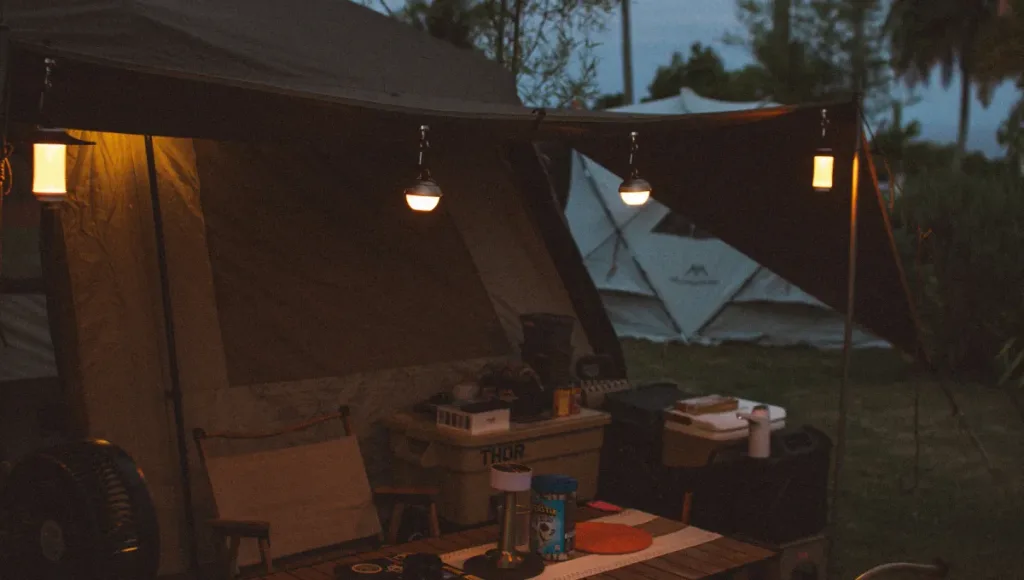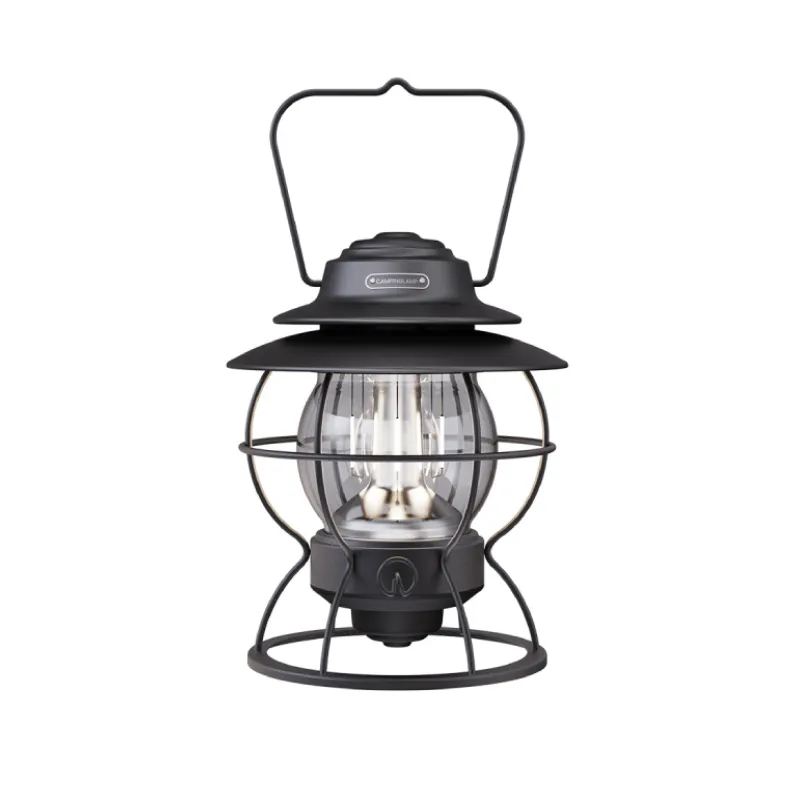——New Zealand camping lantern brightness: the real numbers from a life-long tramper

Intro
If you Google “New Zealand camping lantern brightness”, you’ll get everything from 50-lumen key-ring lights to 1 000-lumen sWhen backpackers type “New Zealand camping lantern brightness” into Google at 1 a.m. in Queenstown, they’re usually pIf you Google “New Zealand camping lantern brightness”, you’ll get everything from 50-lumen key-ring lights to 1 000-lumen stadium floods. After fifteen years guiding hikers from the Routeburn to the Stewart Island Rakiura Track, I can tell you the truth lives in the 150–250 lumen band for most DOC huts, and sometimes far less under a fly. Below, I unpack why the number matters, how cold and sandflies change the equation, and what to look for when you click through to our lantern collection.
Why New Zealand camping lantern brightness matters more in our cold, sandfly-filled nights
1. DOC huts vs tents: two brightness universes
In a standard DOC hut—plywood bunks, white ceiling, zero windows—150 lumens bounced off the ceiling will light a six-person dinner without blinding the bunkmate reading his topo map. Drop below 100 lm and you’ll strain to see if that’s couscous or rice. Go above 300 lm and the glare ricochets like a Possum spotlight, earning instant frowns.
Tents tell a different story. A 50-lumen diffuser inside a two-person fly is cosy; push higher and you’ll feel like you’re under interrogation. On exposed alpine camps—say, the tops above the Richmond Ranges—you may want 200 lm briefly to melt snow or repair a pole, but you’ll dial back to 10 lm for cards.
2. Cold eats batteries: plan for 25 % loss
Lithium-ion cells lose roughly a quarter of their juice when the mercury hits 0 °C. If your lantern claims “300 lm for 4 h”, expect closer to 3 h in a Fiordland drizzle. I always pack a second 18650 or a trio of Eneloops—both sold at any Kiwi Four Square—because swapping is faster than waiting for a solar panel to sip photons through beech canopy
3. Red mode & DOC etiquette
After 10 p.m., DOC rangers politely insist on <5 lm red light. It saves hut batteries and stops the ceiling turning into a moth disco. Every lantern we stock includes a red mode; check the spec sheet before adding to cart
4. Lumens cheat-sheet you can screenshot
| Location | Sustained lumens | Max burst | Must-have feature |
| DOC hut cooking bench | 150–200 | 250 | Dimmable dial |
| Reading in bunk | 5–10 red | — | Red mode |
| Night trail to toilet | 100 flood | 200 spot | IPX4 splash-proof |
| Alpine emergency | 300 | 400 | External 18650 swap
5. Weight vs brightness: the Kiwi compromise
Our tracks punish every gram. My rule: 200 lm output for ≤ 200 g packed weight. The models we list hit that ratio, and each includes USB-C so you can share one cable between phone, headlamp and lantern.

6. Ready to nail the perfect New Zealand camping lantern brightness?
Scroll to our hand-picked range below—every option has been tested in the exact conditions above. Click, compare lumens, weight and run-time, then get back to planning that sunrise on Roys Peak

